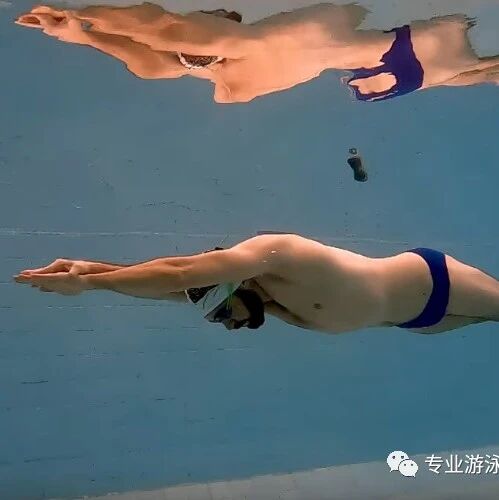Can swimming really be learned on your own? Here are three key things to keep in mind.
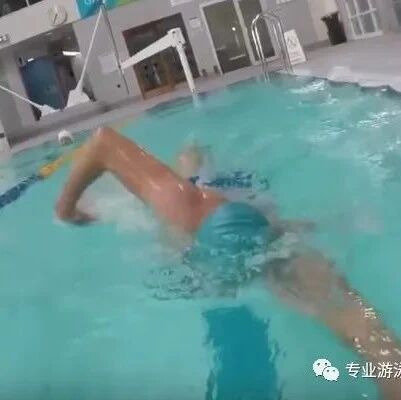
Although parents receive a holiday safety agreement—or something similar—every summer, which invariably includes a reminder to keep an eye on their children and warns against swimming in rivers during the break to prevent drowning, it remains puzzling that swimming is still not part of the mandatory physical education curriculum in primary and secondary schools. Meanwhile, most students and parents can’t swim and lack even the most basic skills to save themselves from drowning.
Therefore, parents and children should take the initiative to learn swimming themselves. Yet, while some parents enroll their kids in swimming classes, they themselves have no plans to learn—effectively missing out on a precious opportunity to bond with their children. This article is specifically written for adults who want to teach themselves how to swim, especially parents.
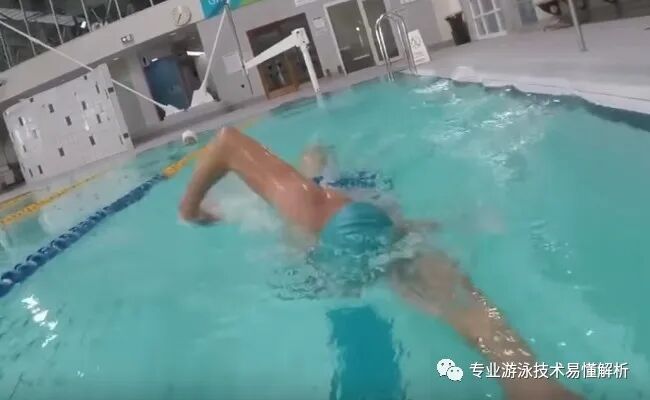
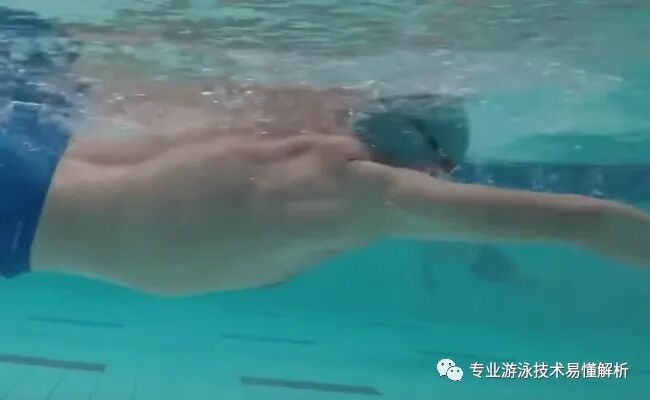
Swimmers who teach themselves to swim often fall into two extreme categories: some have a strong fear of water, feeling dizzy or overwhelmed as soon as they step in, while others are completely fearless, exuding confidence even in deep water. The former need a good dose of courage when first starting out—without it, they may struggle to break through their anxiety and could benefit from a gentle push by a coach or an external force. On the other hand, the latter demonstrate remarkable (courage) right from the start, but they must remain vigilant about potential complacency regarding safety. Overconfidence without proper caution can easily lead to accidents, so it’s crucial that someone with swimming rescue experience closely monitors them.
It's not recommended to swim in rivers, lakes, or reservoirs when you're a beginner—these places either have complicated water conditions or depths that aren’t suitable for learning how to swim. Be sure to avoid these dangerous areas altogether.
It’s particularly important to note that beginners in swimming often assume that strong arm strength and fast leg movements automatically translate into faster swimming, leading them to overlook essential practices like developing basic swimming balance and mastering proper body positioning. Instead, they tend to rush straight into full-blown strokes, relying heavily on brute force when performing fundamental arm and leg techniques—often resulting in a superficial understanding of how to feel the water. This approach is highly detrimental to effective swimming instruction and progress.
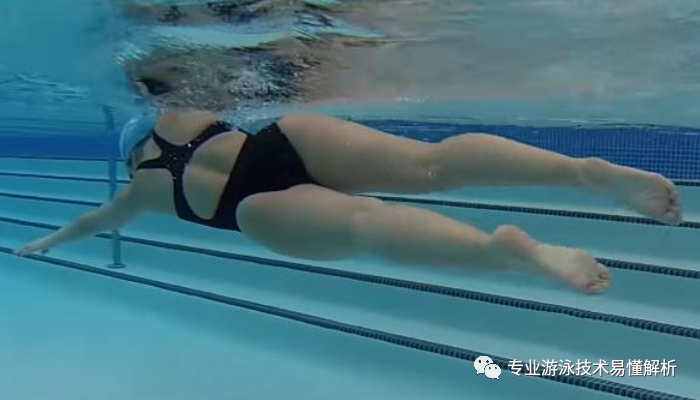
3. Understanding online swimming tutorials to develop self-coaching skills
There are plenty of online swimming tutorials available—both video and text-based—but many swimmers tend to focus solely on video guides, watching and trying to replicate the exact movements shown. Unfortunately, this approach often leads to unintended mistakes, resulting in something that looks more like a "cat" than a "tiger." After all, every video tutorial is underpinned by specific swimming philosophies, clear objectives, and a structured practice system. Without understanding this essential context, simply copying the outward appearance of the techniques demonstrated in videos is bound to lead to inaccuracies and inefficiencies.
A better way to self-teach swimming is to identify when you make mistakes or feel confused while practicing a particular move. Then, use this as your cue to find relevant video tutorials—focusing only on the specific clips that address your errors and areas of uncertainty. Don’t just watch how the movements are performed in the videos; take the time to understand the underlying reasons and principles behind them as well.
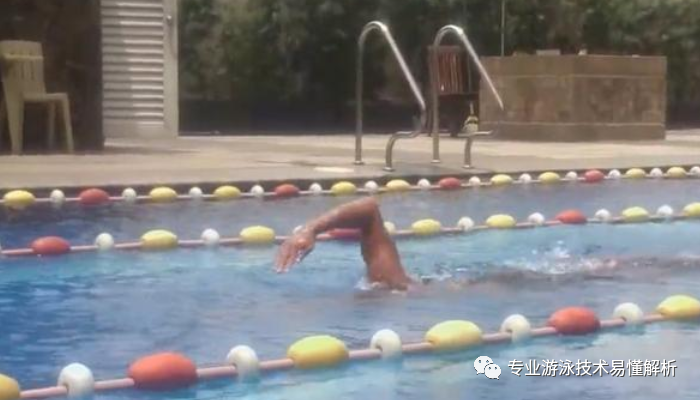
When teaching yourself how to swim, be sure to take plenty of selfies—literally, video selfies! Capture not only your movements above the water but also underwater. Invest in a waterproof phone case to record your strokes, allowing you to review and refine your technique over time. Pay close attention to how your body feels as you glide through the water, and analyze those sensations carefully. With consistent practice, you’ll gradually develop the ability to coach yourself effectively.
Related Articles
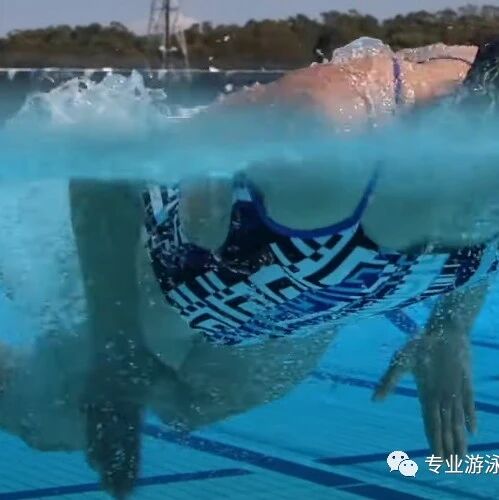
Learn about the history and origins of butterfly swimming, and get ready to start mastering the butterfly stroke.
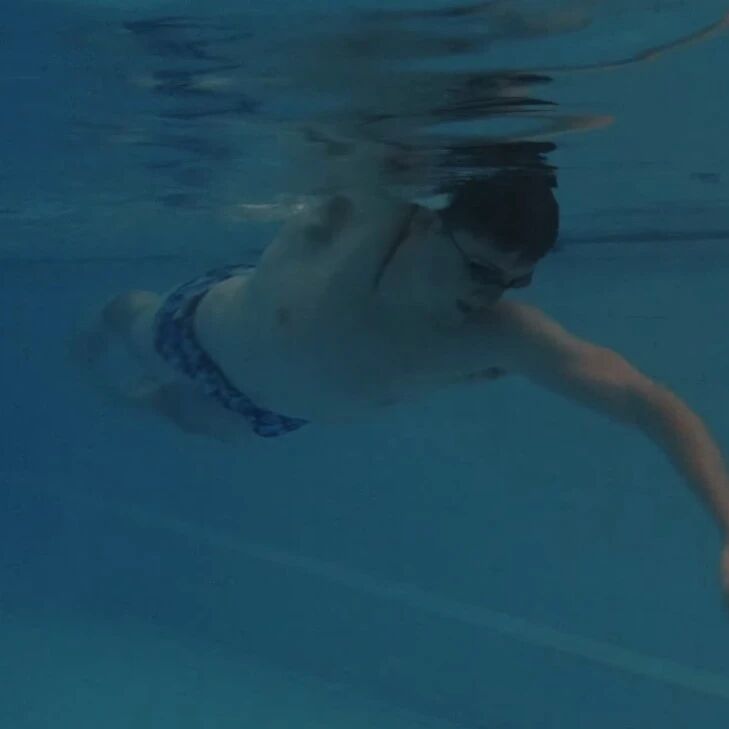
Just one technique to boost your speed: the efficient push-and-power stroke for freestyle swimming.
